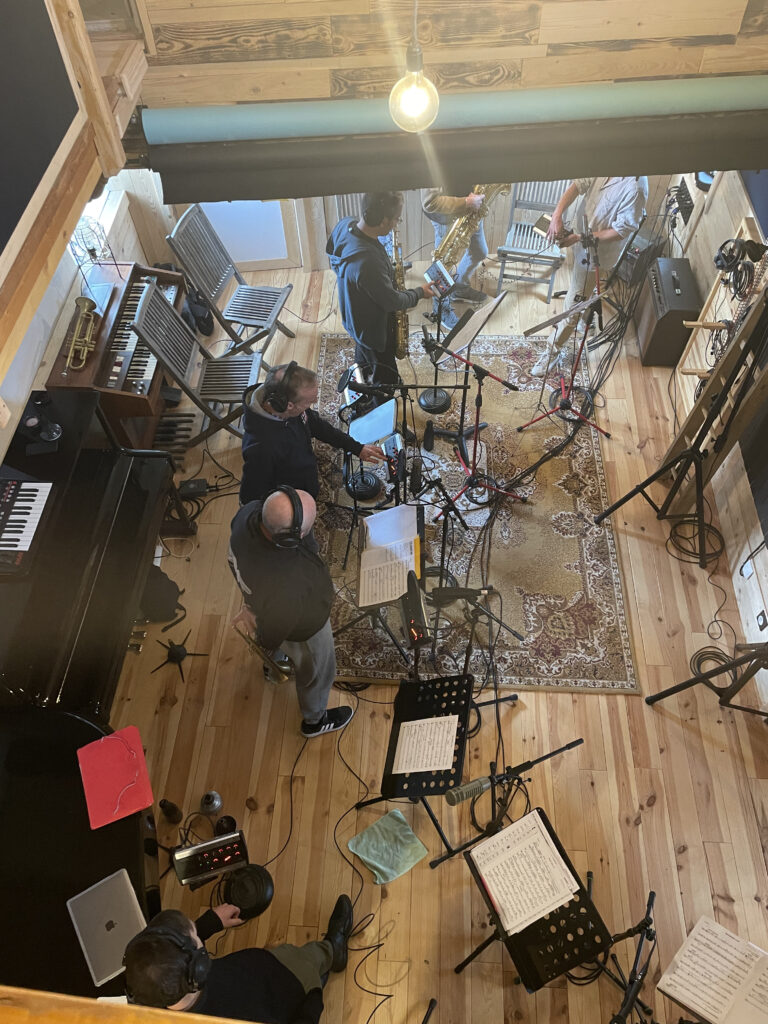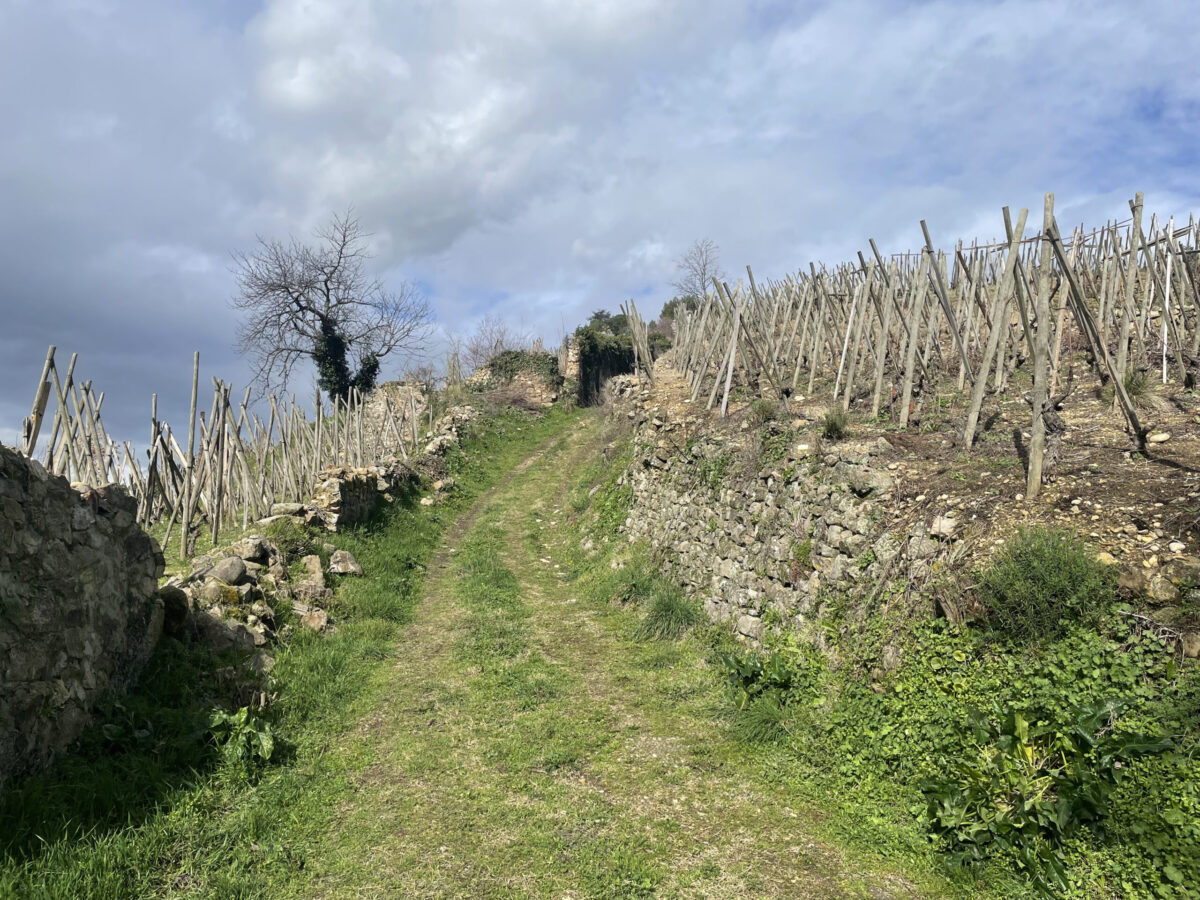
Johnette and I traveled to France in late February and early March, where I produced a new album by the Skokiaan Brass Band. We worked at Studio Madera in Saint-André-de-Cruzières in the Ardeche region, famous for for the gorges of the Ardeche river, which is popular as a summer destination. However, in late winter, just as flowering trees are coming into bloom, the area is quiet.
Studio owner and engineer Florian Combarnous has renovated an old stone silk factory into a warm and beautiful space, with lots of wood and a beautiful room sound— just lively enough. We worked for nine days, recording live with the drummers, the sousaphone and the horns each in different spaces, so we were able to work on individual parts after we captured the feeling of each piece. Then, we added vocals, percussion and solos.
The Skokiaan Brass Band, led by François Rigaldies, has its footing in the New Orleans brass band tradition, but with a broader vision that made the project exciting to me from the first time I heard the demos. Having worked with the Dirty Dozen Brass Band, the Soul Rebels and the New Orleans Nightcrawlers, I can say with confidence that this is something just as fresh. At times, there is a classic big band element in the writing, and the vocal arrangements sometimes veer into Earth Wind and Fire territory, but the music remains danceable and fun. We are collaborating on several tracks with the Harmony Brass Band from Benin, so as soon as we finished our sessions, drummer Christophe “Dudu” Durand was off to Africa. I am also adding several New Orleans musicians, including trumpeter/vocalist Kevin Louis (who has been a mentor to the band).

It was wonderful to be in France during this season. In Condrieu, François’s hometown, we saw the steep slopes of the Côte-Rôtie (the roasted slope), where this famous red wine is grown, with all the vines pruned and awaiting warmer weather. Only in Condrieu is a white wine made with Viognier grapes— a rare treat that we tasted for the first time. The wine is grown in soil that is mostly broken granite and slate, held in place by ancient stone walls, and you can taste minerals, the subtle floral nature of the grape, and an appealing smoothness. François took us for a short walk through the vineyards— a non-musical highlight of the trip.
I ever ever grateful for my career in record making, as it continues to surprise me— the music, the new friends, and the opportunity to experience how universal the language of music can be. By the end of the session, I was often conducting the sessions in my very bad French, which may have improved slightly during these weeks.